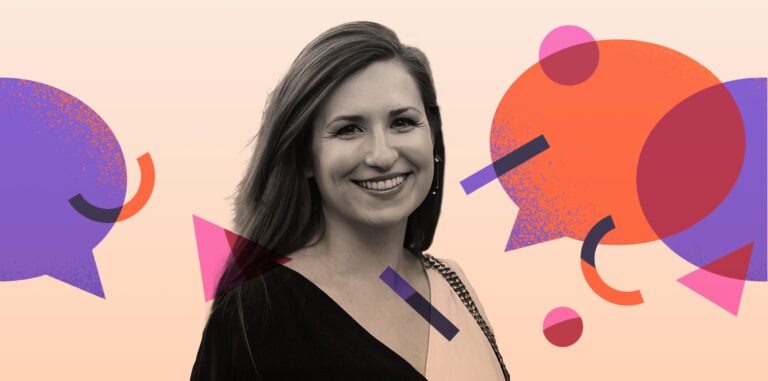Will repositioning DEI solve the problem, or just create new ones?

David Willans, Director, Sustainability at Bladonmore discusses what to consider in designing a DEI response so that it doesn’t backfire.
Damned if you do and damned if you don’t is a damn near perfect description of where corporates are on DEI. How to square this circle is the focus of our soon-to-be-released white paper. But while that goes through production, we want to look at what may well be the next phrase to come under attack: belonging.
Victoria’s Secret, Kohl’s, UPS, LinkedIn, Salesforce, Target and others have all pivoted on DEI to instead use the word ‘belonging’. Unfortunately, it shares many of the characteristics that made DEI such a fruitful target for critics.
Abstract reframing
Like DEI, belonging is abstract, which also makes its definition fuzzy, especially because it’s not something people say about their jobs. If you asked a friend about work and they said it’s supportive, they’re respected and treated fairly, or they feel included, you know what they mean. If they said they feel they belong, you’d want to find out more because it’s an odd thing to say.
While those that understand it may get over the unusual nature of its use in a work context, and think of a sense of community and safety when they hear it, for others it feels like a corporate overreach into emotion and identity. That plays straight into the ‘woke’ framing critics continue to bring to bear on businesses taking action on issues related to the environment and broader society.
The critics would say, “People don’t want to be forced to belong; they just want to be treated fairly and get rewarded based on merit, not the degree to which they’re seen to be ‘in the club.’” Logically, feeling like you belong is the outcome of being treated fairly, equally and being included. But getting there requires explanation, and as soon as you need to do that, you’ve already lost.
Language like fairness, equal opportunity, and being included are safer ground. They’re widely understood, harder to caricature, and more easily tied to business outcomes. They speak to the kind of workplace where everyone has a fair shot to succeed, regardless of who they are, which is something the vast majority agree on when asked in those terms.
That’s why the final section of our upcoming white paper focuses on not just what words to use, but how to think about framing. Because what you say matters – but how you say it, and how it’s perceived, matters just as much.
Here’s a simple example.
Critics of DEI often rely on framing it as a zero-sum game, whereby giving opportunity to one group means taking it from another. A very powerful framing when more and more people are feeling worse off, even though logically this doesn’t stack up. In reality, DEI efforts are about addressing the imbalances in society to allow more people to fulfill their potential, so there’s more success to go around. Unfortunately, social and traditional media business models don’t present reality. In fact, quite the opposite.
If you’re not careful, even a well-meaning pivot to language like belonging can end up reinforcing the very critiques it’s trying to avoid.
If you want to hear more about how communications can turn DEI risks into opportunities, and to get a copy of our white paper when it’s released, get in touch.
Share article


